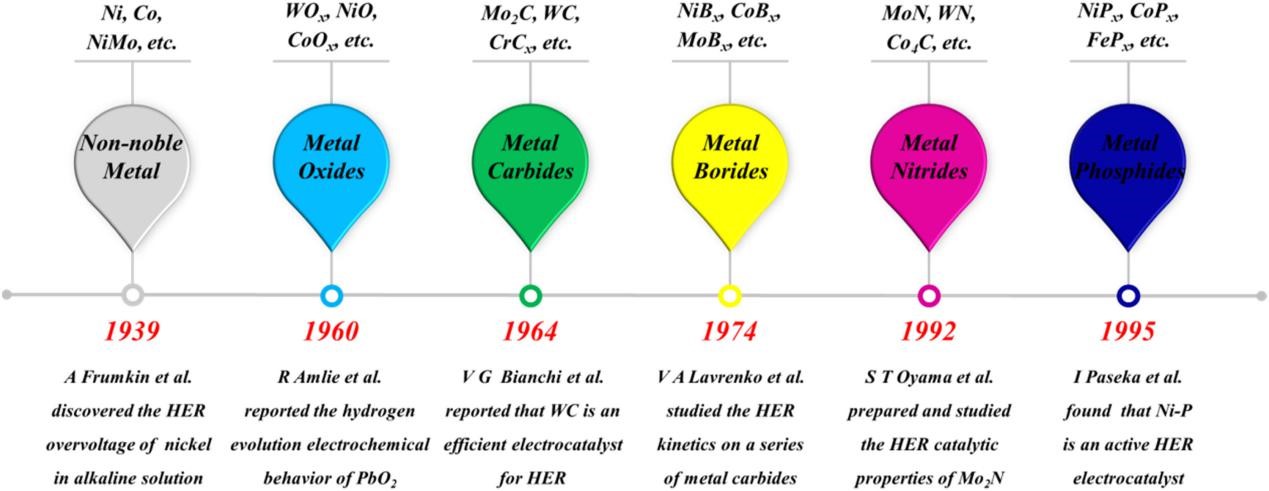Title:Earth abundant materials beyond transition metal dichalcogenides: A focus on electrocatalyzing hydrogen evolution reaction
Author(s):Yu, Peng; Wang, Fengmei; Shifa, Tofik Ahmed; Zhan, Xueying; Lou, Xiaoding*; Xia, Fan; He, Jun
Addresses:Lou, XD; Xia, F (reprint author), China Univ Geosci, Fac Mat Sci & Chem, Engn Res Ctr Nanogeomat, Minist Educ, Wuhan 430074, Hubei, Peoples R China
Source:Nano Energy; Volume: 58,April 2019, Pages 244-276
DOI: 10.1016/j.nanoen.2019.01.017
Published:April 2019
Abstract:The depletion of the unsustainable fossil fuels drives the exploration of renewable and clean energy. Hydrogen gas, as the potential alternative for the future energy supply, is now considered as the primary choice. Recently, with the assistance of the non-noble metal based compounds, electrocatalytic hydrogen evolution has aroused tremendous attention. In particular, earth abundant materials beyond transition metal dichalcogenides, such as transition metal phosphides, carbides, nitrides, demonstrate highly active and efficient activity toward hydrogen evolution reaction (HER) under different conditions. In this review, focused on these materials, we systemically discuss their recent development in electrocatalytic hydrogen generation. The synthesis routes utilized to prepare superior and specific catalyst are highlighted. Then, we provide insight into the characterization and electrochemical performance of these materials as HER electrocatalysts. In the end, the challenges of these materials, important issues about studying eletablctrocatalysts and future perspectives are stressed.
Full Text from Publisher:https://www.sciencedirect.com/science/article/pii/S2211285519300266#ab0015

Fig. 1.The elements involved to prepare non-noble metal based HER electrocatalysts in the periodic table, in which the dashed and solid filled blocks represent non-metallic and metal elements, respectively.

Fig. 1.The elements involved to prepare non-noble metal based HER electrocatalysts in the periodic table, in which the dashed and solid filled blocks represent non-metallic and metal elements, respectively.